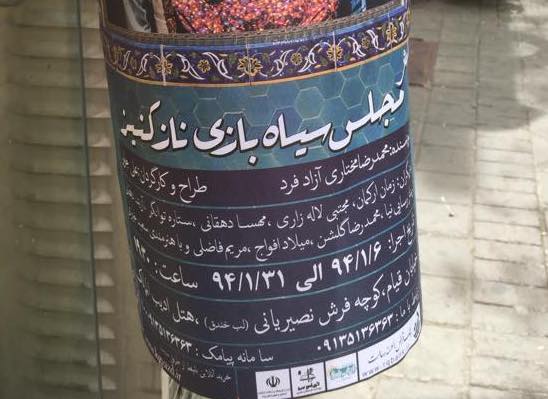Every year, around the arrival of the Spring equinox, Iranians in Iran and in diaspora will recognize a minstrel named Haji Firuz with his Nowruz jingle. The inclusion of Haji Firuz during Nowruz festivities has been questioned and challenged for decades; where some will point out his connections to anti-Blackness, others will defend Haji Firuz, arguing that his face is only covered in soot from fires also associated with the holiday. This article contextualizes these arguments as a part of a larger discourse of denying racism in Iran and, more poignantly, erasing Iran’s history of slavery altogether. This article addresses the consequences and pitfalls of defending Haji Firuz’s blackface performance, and its implications for the broader Iranian community.
Keyword: Haji Firuz
Thaumaturgic, Cartoon Blackface
This essay explores how a particular medium—the comic—exposes the limitations of conventional narratives about sīyāh bāzī (Persian blackface) and hājī fīrūz (a famous blackface figure). Many commentators disavow the racial connotations of sīyāh bāzī and hājī fīrūz, concocting pseudo-historical genealogies that link the improvisatory tradition and figure to pre-Islamic practices; commentators thus repress the tradition’s obvious resonances with the history of African enslavement in Iran. Through a close reading of a comic strip from a 1960s Persian periodical, I argue that historicism is an inadequate framework for adjudicating sīyāh bāzī’s racial or “nonracial” character. Instead, I suggest that cartoon Blackness is always already racial, since the comic form depends upon a process of simplification that is at the heart of racialization.

